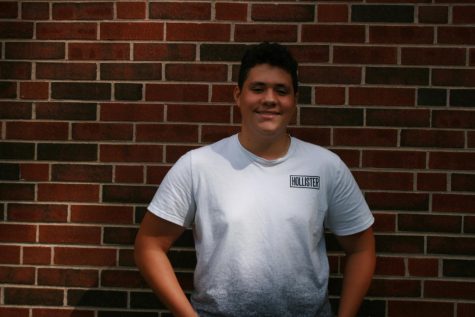The confusion of class placement
Counselors and teachers work to ensure students placed properly

Illustration by Stella Holt
September 27, 2018
The students of Riverside Brookfield High School are occasionally confused about the process behind the classes that they are placed into.
For example, some freshmen are claiming to be put into the wrong classes. English Language Learning (ELL) is a prime example of students being misplaced. RB senior Mayra Diaz explains how she was misplaced.
“I was kind of mad about it, because I know English. I can speak it, I can write it fluently, I was really mad and I felt stupid,” said Diaz.
Maggie Leiteritz, an RB school counselor, has an explanation for the English placement method.
“Okay, when students register, they do a survey. So it’s based on a survey that’s filled out–the parent fills it out. And if they say that they speak another language in the home, if they indicate that, then Ms. Reaves, our ELL coordinator, gets involved and she does an evaluation. And that’s where it all starts. It originates from the language survey at registration, it’s a part of the paperwork,” said Leiteritz.
While also on the topic of dropping classes, students are often faced with a choice to drop an AP class they are failing. Advanced Placement (AP) classes are much more rigorous classes, explains Sandy Czajka, AP Computer Science teacher.
“Usually the depth is much more intense than a regular class, and sometimes the pace is also faster. But probably – and more importantly – the level of questioning is much deeper,” said Czajka.
When wanting to drop from a rigorous class, the majority of students have to go to through many complex steps to replace a class with one that they are comfortable with.
“Ideally, if that regular geometry is in the same period, and it has room in the class, that’s ideal. That’s the perfect situation. But sometimes, there is room in another period of geometry, then you have to start flipping classes, okay, moving things around. That’s where it gets a little more disruptive for the student,” said Leiteritz.
But dropping out shouldn’t be the first choice, going for other classes is another option.
“I think that students need to do what’s best for them, but I also think that students should try to get a little extra help, try to see if they explore every avenue before they make that decision. AP is a good way to transition to college, so even though it might seem hard, most of the class we do in a whole year for AP, will actually be done in a whole semester in college,” said Leiteritz.
Though rescheduling and placements have some flaws, Leiteritz feels that it is not a huge problem in the school.
“I would say, overall, our drop our level for AP classes is low, but sometimes kids take on too much of an Honors/AP load, and it’s too overwhelming for them. That’s typically why they might drop out of that level. But I don’t think it’s been a problem that’s been discussed amongst the administration,” said Leiteritz.



